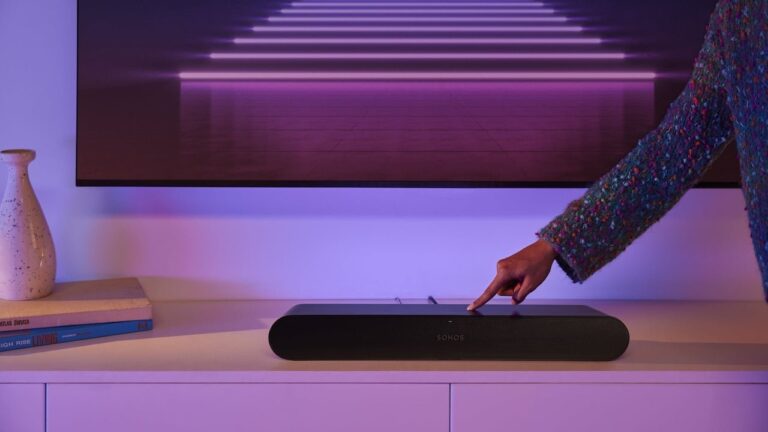The Sonos Ray Soundbar is the company’s most cheap home entertainment device to date. The Ray, which costs $279, pares down the size and features of Sonos’ top soundbars to make getting started with the system a little easier.
It’s hard to compare the Ray to Sonos Beam (Gen 2) & Sonos Arc because it doesn’t support Dolby Atmos. However, because it’s built for smaller rooms and can even sound balanced when placed in a cabinet, it’ll appeal more to AV equipment beginners or anyone who has never purchased a soundbar. Even better, the Sonos app integrates TruePlay tuning and hundreds of music streaming providers.
Despite its low price, you wouldn’t consider the Ray to be one of the greatest inexpensive soundbars. Before you can see how the Sonos Ray compares to comparably priced products and other Sonos soundbars, you need to do a complete about it.
What you will see here?
Design
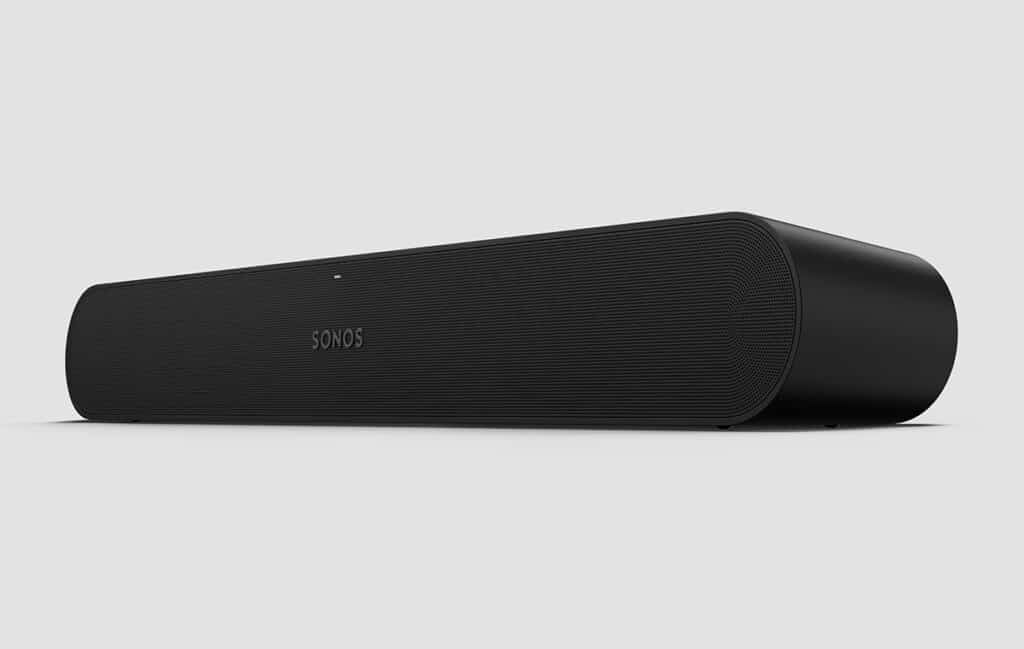
This Sonos Ray Soundbar design is based on Sonos’ well-known design language. It’s smaller than the second-generation Sonos Beam, and with a flat top, forward-facing grille. The Sonos logo is front and center, it doesn’t appear all that different. Like other Sonos soundbars, the Ray is available in black and white.
The grille rests flat, rather than curving around the top and sides like the Beam and Arc variants do. It does not intend to fill a room with sound because it designs for a smaller space. It intends to fit in a nook or cabinet behind your television without sacrificing sound quality.
Finally, unlike many recent soundbars, its Sonos Ray Soundbar port array is a considerable departure. There’s an ethernet wire and an optical line-in, but no HDMI support. Because HDMI ARC/eARC and the audio return route for formats like Dolby Atmos do not get support, an optical connection will suffice. Sonos also mentions that it should make its Ray compatible with both older and newer televisions.
Sound quality and features
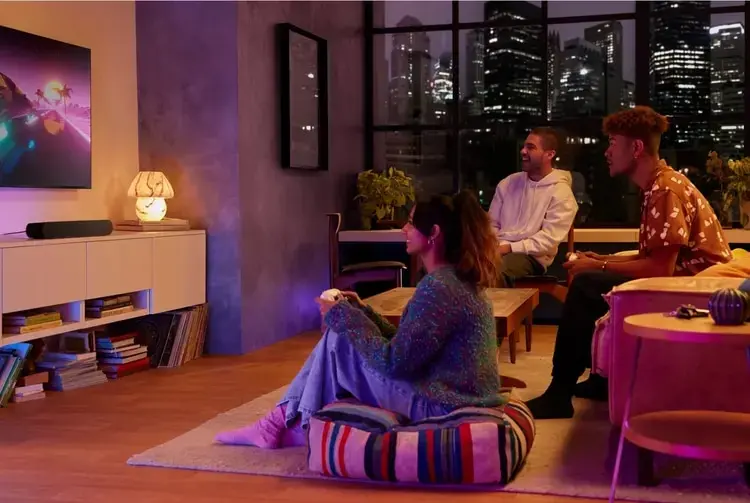
The redesigned inside construction of the Sonos Ray promises balanced sound, clear dialogue, and strong bass. Ray employs split waveguides for the tweeters & bass reflex technology to create great sound in a compact package.
You had the opportunity to listen to many song samples on the new Sonos soundbar. While you’d like to undertake more in-depth performance testing. The vocals in H.E.R.’s “For Anyone” showcased how the split tweeters target couch listeners. While simultaneously reaching outward to generate immersive sound. Its bass wasn’t the most body-shaking you’ve ever heard, but it was distinct and deliberate.
The electronic synthesizers in War on Drugs’ “I Don’t Live Here Anymore” sounded balanced in a way that you’d describe as distinctive Sonos sound. Similarly, in Charli XCX’s “Twice,” the vocal clarity nailed the singer’s distinct auto-tune whine.
We also viewed a Venom: Let There Be Carnage film to see how the soundbar manages motion and guides sound with visual material. You’ll spend more time on this later, but you were heartened to see how Ray afforded both Eddie Brock & his alien mind their area to speak during a heated exchange.
The Sonos Ray Soundbar contains a voice enhancement mode and a night listening option, as well as the ability to adjust it for a room using TruePlay. Like most other Sonos speakers, it doesn’t support Google Assistant or Alexa, and it can’t answer questions using the new Sonos Voice Assistant. It may, however, use with other Sonos speakers, such as the Sonos One, to create surround sound.
What you can expect from Sonos Voice Control
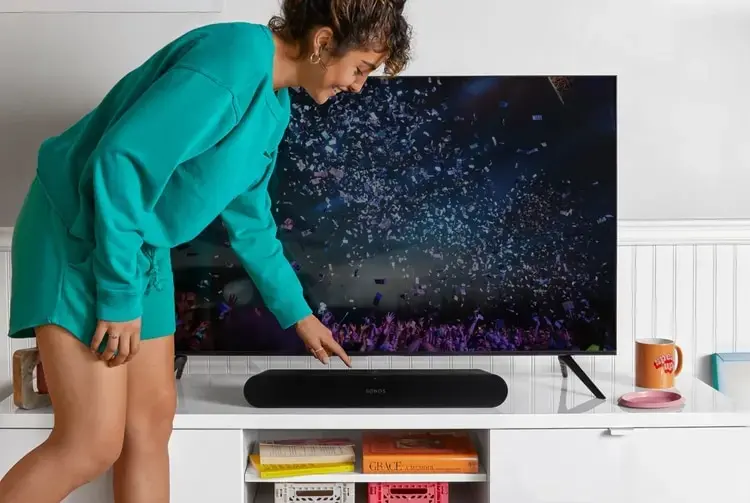
Sonos Voice Control provides you with a rich, compelling voice that responds to your orders. Giancarlo Esposito, who played Gustavo Fring in Moff Gideon in The Mandalorian, Breaking Bad and Better Call Saul, and Lex Luthor in Harley Quinn, provides the system’s voice. While the voice controls confine to music, Esposito’s voice will confirm your requests via the Sonos speakers.
On June 1 in the United States, and later this year in France, Sonos Voice Control will be accessible on all Sonos speakers that now accept voice assistants. At launch, it will be compatible with Apple Music, Amazon Music, Pandora, Deezer, and Sonos Radio, with additional services expected in the future.
Availability and Price
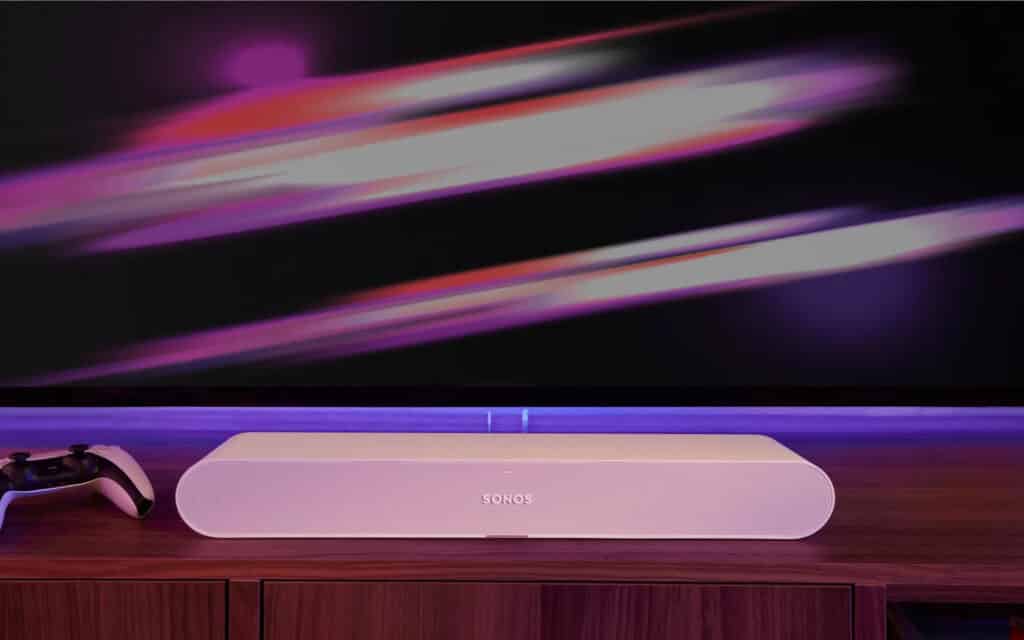
Sonos also unveiled a new soundbar, but you won’t be capable of communicating with it. The Sonos Ray seems to be the company’s newest & smallest home theatre soundbar. It has two full-range mid-woofers & two tweeters with split waveguides to broaden the sound field. It measures just 22 inches wide & weighs 4.3 pounds.
The bigger Sonos Beam ($449) & Sonos Arc ($799) include Dolby Atmos compatibility & voice assistant features (as well as Sonos Voice Control). But, Sonos Ray Soundbar at $279, it’s significantly less costly than either, and it can still use as back satellites with Sonos One speakers for a traditional surround-sound experience. It supports wireless audio streaming using Sonos’ audio platform & Apple AirPlay 2. It features an optical audio input for use with TVs, just like the other Sonos soundbars.
Conclusion
The Sonos Ray Soundbar based on what you’ve seen thus far, Sonos is ready to make its sound quality more affordable. Whether Ray’s trade-offs are genuinely worth it in comparison to Dolby Atmos soundbars remains to see.
It Ray is a two-channel soundbar featuring Dolby Digital decoding and unique waveguides that promise a broad soundstage. The little speaker is about two-thirds the size of a Sonos Beam and therefore means to fit within a credenza. But it can also mount a wall using a separate kit.
Read more:
- Set up Sonos speakers and control them on your iPhone!
- Sonos Move review- Sonos’ first portable speaker!
- Setting up a Sonos speaker to work with AirPlay 2!
- Sonos Arc Home theater: Sleek, powerful, and Dolby Atmos-compatible!
- Increase your sound quality with the best soundbar!


